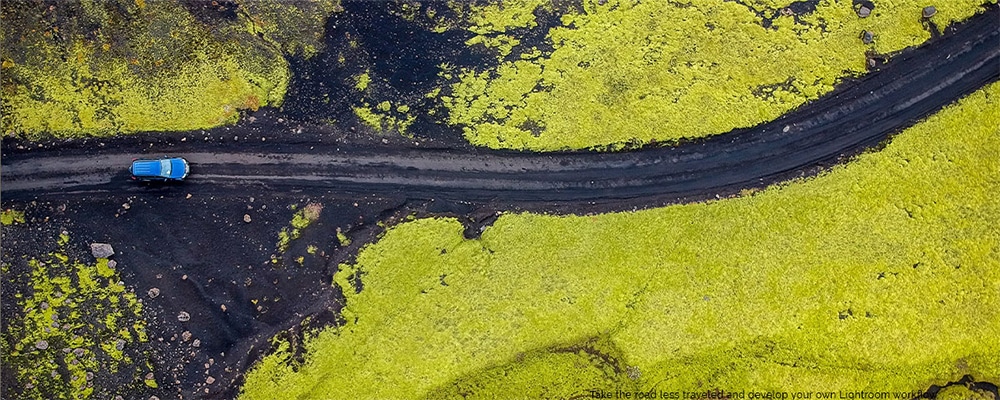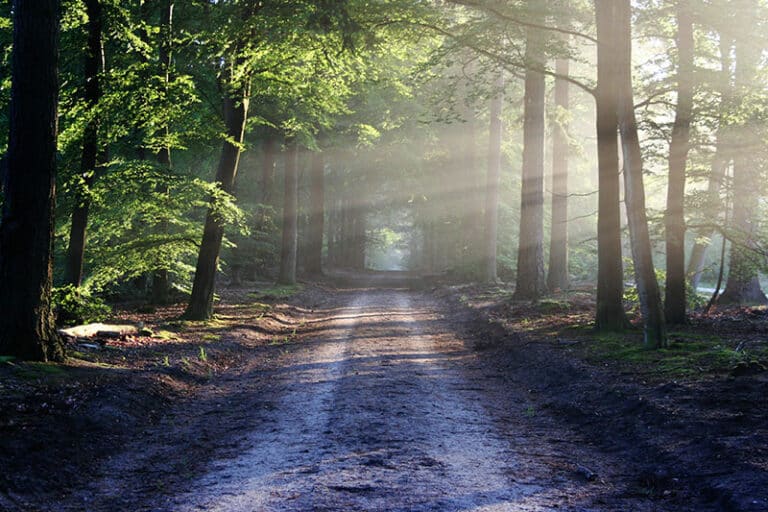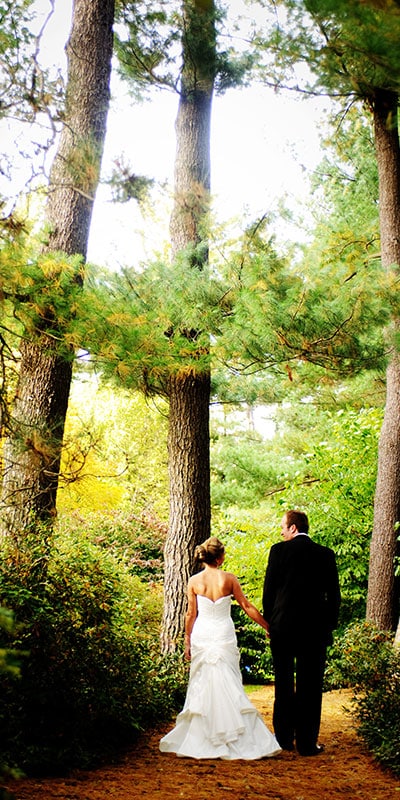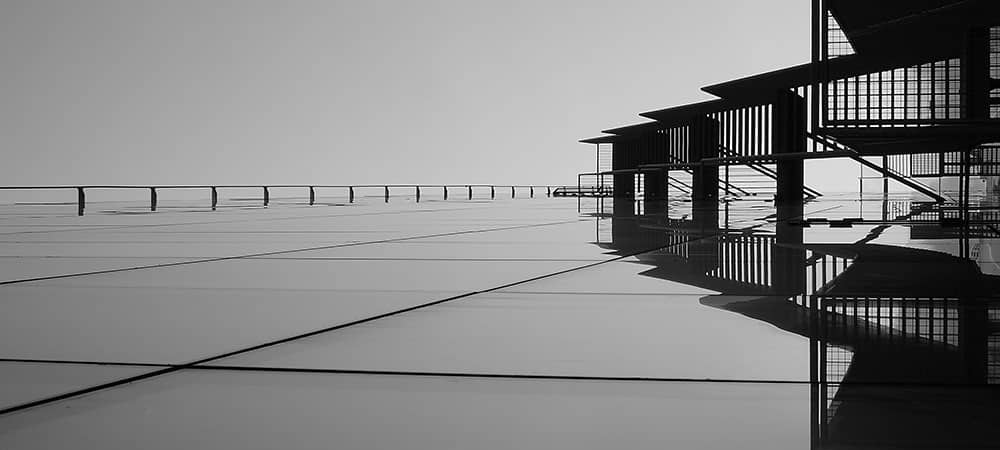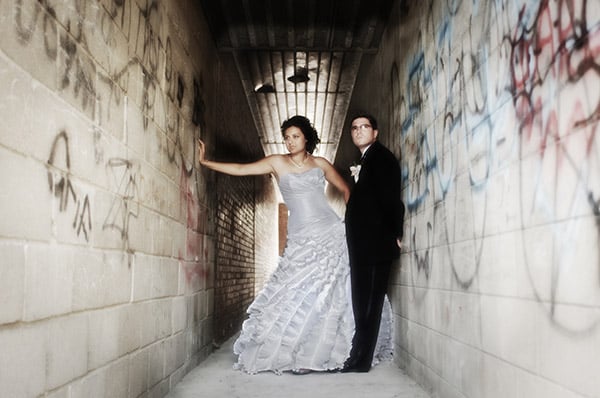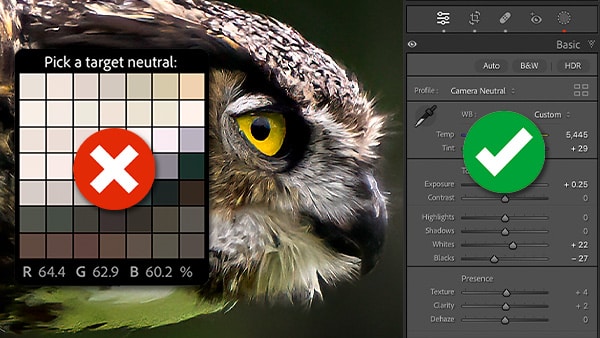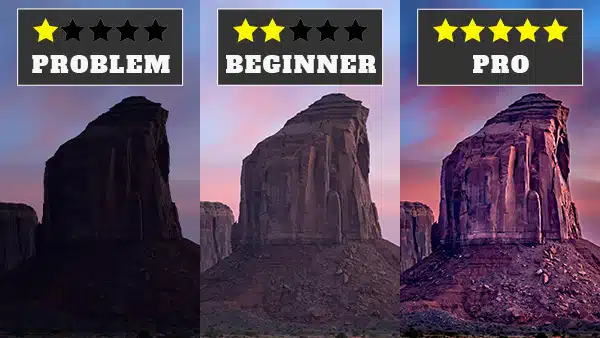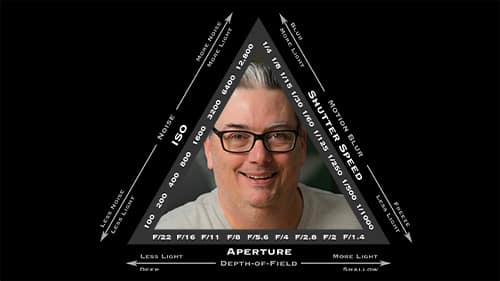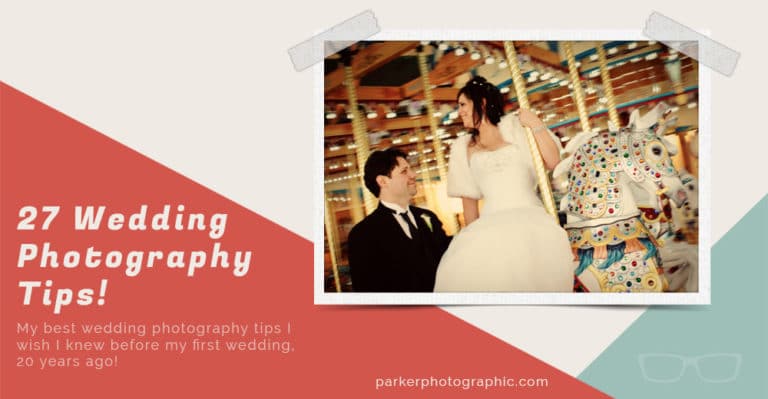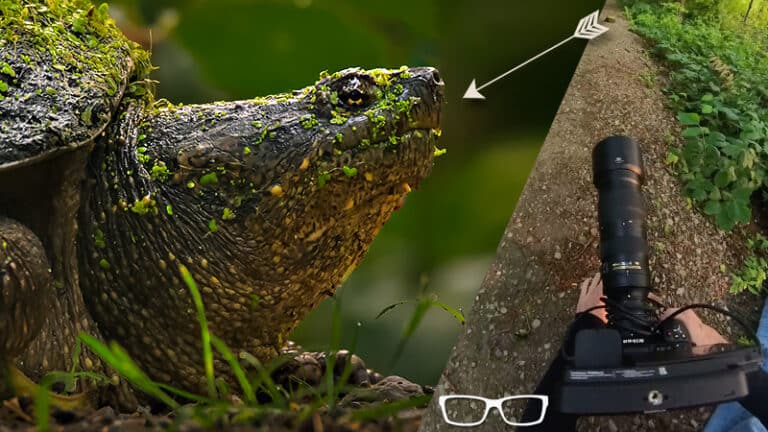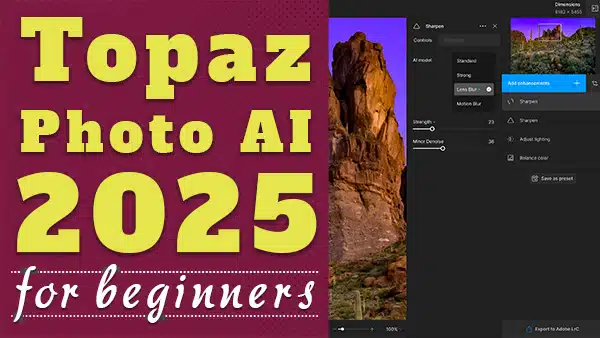How to Use Leading Lines in Photography To Create Exceptional Photos
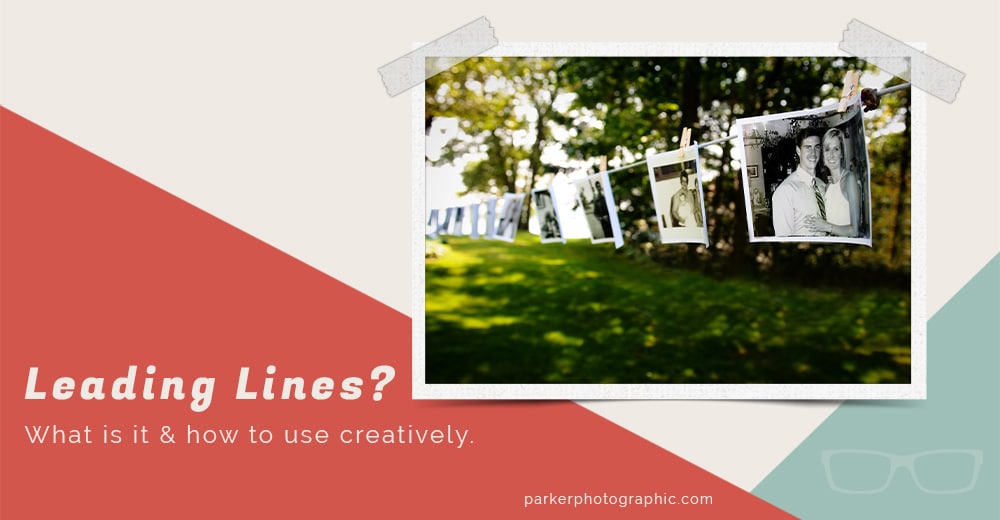
Exceptional photos are created not taken.
Creating exceptional photos is not that hard when you understand the power of composition (and light).
Today, I want to share one of my favorite composition techniques in photography called "Leading Lines."
Once you learn the power of this composition technique, your photography skills will vastly improve. Guaranteed!
Utilizing the leading line technique is a great way to tell a story.
Plus, it can strengthen your overall image by guiding your viewers to a specific point in your photo.
When done correctly, you can manipulate where your viewers' eye navigates to and around the picture.
This enhances your ability to tell the story, add depth to the image, and create interest.
Leading lines can be found practically everywhere you shoot.
It just takes a little practice to seek them out and utilize them as part of your composition.
Are you ready to engage your viewers with this powerful composition technique? Awesome! Let's do it...
Table of Contents
What is a Leading Line in Photography?
Leading Lines. "A natural or man-made imaginary line, created by elements and or objects within a scene, that leads your viewer's eye to a specific focal point that you want to highlight.
It can also engage your viewers by directing your viewer's eye through your photograph."
Your eye (s) will naturally see these lines and will follow them (subconsciously) from one end to another. Hence the term "leading line."
Our inherent curiosity engages our imagination to discover what's on the other side.
The line keeps the main subject in focus as the viewer navigates around the image since the line or lines always point back to it.
When it comes to photography and telling a story, you can control what your viewers see and in the order by maximizing the use of leading lines.
Although some leading lines are more effective than others.
Weak Leading Lines
If the leading line leads to nowhere, then you risk losing your viewers' interest, and they'll move on.
Strong Leading Lines
Often, a more robust composition is achieved, with the leading lines technique, when a primary subject is on the other end.
When done correctly, you can even add depth and a sense of perspective. This provides an almost three-dimensional photo.
When it comes to leading lines, they can be natural or man-made.
Here are a few ideas to look for the next time you're out shooting...
Natural Leading Lines
- a stream or a river
- a hill or a mountain
- the horizon
- cliffs
- waves
Man-made Leading Lines
- a road
- a fence
- architecture
- bridges
- train tracks
Finding and Using Leading Lines
I'm willing to bet you have leading lines in a lot of your photos already. It's hard to avoid them since they're all around us in nature and via man-made objects.
Now that you're learning about the leading lines composition technique, you'll be more aware of them in the future.
And you will be able to harness their power to make stronger, more appealing images.
How Do You Find These "Lead in Lines" For Your Photography?
The challenge, since they're everywhere, is to narrow down specific leading lines for best results.
First, what is the primary subject of the scene in front of you? Is it a mountain? Wildlife? A mere mortal human?
Once you've established the main focal point, it's time to find a leading line to direct your viewers' attention.
Photo by Khaled Reese
Before looking in your camera's viewfinder (or the LCD in live view), look through the frame of your hands.
You may have seen movie directors doing this in old clips. As you peer through your "hand frame" pan from side to side to locate a line that leads to the point where you want it.
If you can't find one in your current position, the next thing to try is to, well, move your position! For example, let's say you're standing in the middle of a forest.
You see a trail to your right that leads to the main subject.
You could use this leading line from the trail for the composition of this photo.
However, moving your location where you're now standing to the middle of the path can create more effective use of this composition technique.
This is due to using two converging lines (the edges of the trail) to direct your eye to the main subject.
Pro Tip: If looking through your hands is uncomfortable, your viewfinder will do. Especially if your camera includes an overlay of lines. Like a rule-of-thirds overlay.
7 Leading Line Types
There are a variety of leading line types in any given scene. In fact, leading lines don't have to be straight!
Let's discover seven different leading lines you can use for spectacular compositions. Oh, and we'll cover the psychology of some that you can utilize to help tell your story.
Curved Leading Lines
A line doesn't mean it has to be straight. Lines come in all shapes and sizes. Curved lines are abundant in both nature and man-made objects. Utilize curved lines to direct your viewer's eyes throughout the image.
Horizontal Leading Lines
These types of lines are found in horizons, roads, and architecture, to name a few. They provide a vast open space that can lead the eyes from left to the right of an image (or vice versa).
Consider this the next time you're planning a shot: It is said by some that horizontal lines portray a feeling of calmness and tranquility.
Vertical Leading Lines
These direct your viewers attention from top to bottom or vice versa.
Vertical lines are said to convey strength and stability.
They also can help provide scale when photographing two or more subjects in the scene.
For example, a person photographed by a tall building or trees.
Pro Tip: "Scale" is another composition technique known as Juxtaposition. It, too, can be used with leading lines to create an even more compelling image.
Diagonal Leading Lines
Diagonal lines convey a feeling of energy and action. They can lead your eyes to the main subject and redirect to other parts of the photo and back again.
Intersecting Leading Lines
These are the most difficult of the 7 types, and probably the least used.
You'll need a specific end result in mind for utilizing intersecting lines.
That's because intersecting lines tend to create a feeling of confusion and or tension.
This occurs because the intersecting lines stop the flow of the eye of the viewer.
Then, they're left wondering what to look at next. Hence the confusion and tension. So use with caution.
When done correctly, you can use this tension or confusion to your advantage based on a story you're trying to establish.
Photo by Deva Darshan
Implied Leading Lines
If you love portrait photography or any kind of photography with people, you've probably created these imaginary or implied lines without knowing it. It's also a popular technique for marketers.
When a person is photographed looking in a specific direction, it's natural for us to follow their gaze. We are curious creatures, after all. And that's how marketers trick you into reading their headlines!
Now What?
Now that you're more aware of leading lines, how to find them, how to use them to instill certain feelings, and more, it's time to put what you learned into your photography… and practice.
First, I'd recommend looking through some old photos to see if you've already utilized leading lines. If so, can you name the type of leading line used?
Second, before you take that next photo, look for and name the type of leading line in the scene. With practice, it will become second nature, and before you know it, your images will be vastly improved!
Did you enjoy this article? If so, click those social buttons to the left and share it. Please, and thank you!


